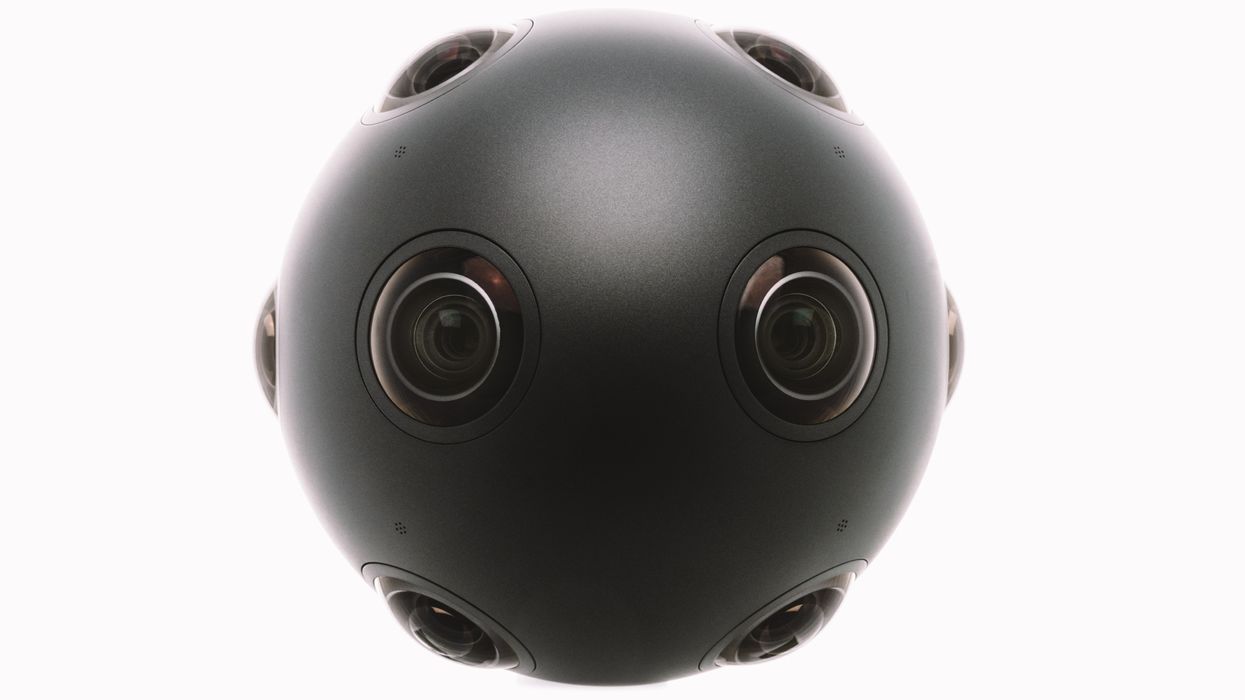Nokia's OZO is a Sleek & Minimalist New Camera for Shooting Virtual Reality
They might be getting out of the smartphone business, but Nokia isn't down for the count just yet.

The company, which had their mobile business purchased by Microsoft, is now getting into a completely different business altogether: virtual reality. It might seem like a strange move for the Finland-based Nokia to jump from smartphones to VR, but they are a hardware tech company after all, and it's a field that is currently booming with new products and more importantly, new money.
Their first camera is being called the OZO, and the goal is to be the most advanced VR solution on the market for professionals (and going right up against companies like Google and GoPro). I would expect that to mean it's not going to be cheap, but then again VR is pretty new, and a lot of R&D costs need to be recouped for these kinds of devices.
It doesn't look like there's any public footage yet, but here's the not-over-the-top-at-all teaser video for the OZO:
Some specs we know so far:
- 3D Stereoscopic Image
- 8 Synchronized Global Shutter Sensors/Lenses
- 8 Integrated Mics for Spatial Audio
- 6 Pounds
- Final Specs & Price TBD
- Shipping Q4 2015
One of the biggest advantages of the OZO over anything else is that it's supposed to make shooting VR in real-time quite a bit easier, with a way to view low-quality playback of the stereoscopic 3D image on set right after you've shot it. Here's more from Nokia:
OZO captures stereoscopic 3D video through eight (8) synchronized global shutter sensors and spatial audio through eight (8) integrated microphones. Software built for OZO enables real-time 3D viewing, with an innovative playback solution that removes the need to pre-assemble a panoramic image - a time-consuming process with solutions currently in the marketplace.
OZO's filmed content can be published for commercially available VR viewing hardware such as head mounted displays (HMDs), with immersive, full 360-degree imaging and spatially accurate original sound. OZO also integrates into existing professional workflows and works with third-party tools, dramatically simplifying content production at all stages.

It remains to be seen how quickly VR will take hold for the general public. Clearly there are a number of companies putting in some serious time, money, and resources into developing VR solutions, so the field is definitely going to get more interesting over the next few years.
For more on the OZO, head on over to the Nokia page. We should find out more in the next few months as the release date nears.
Source: Nokia












